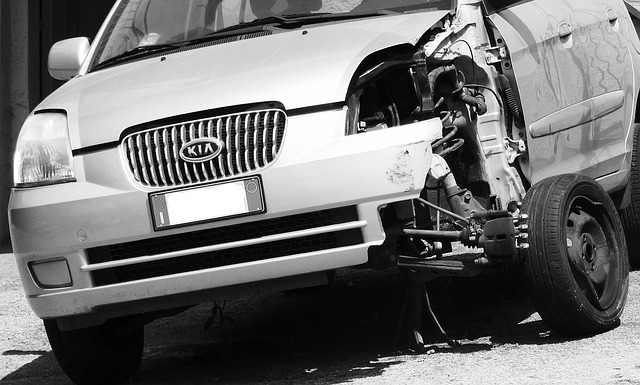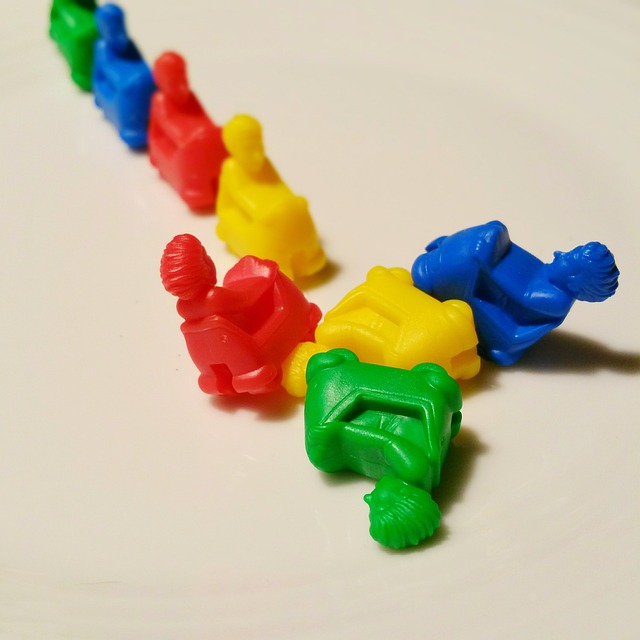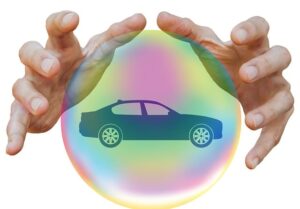Mastering Collision Coverage: Tips for Comprehensive Protection

Selecting Collision Coverage involves considering driving history, car type, personal finances, and…….
In today’s interconnected world, collision coverage stands as a vital safety net within the automotive industry, offering protection against the often-devastating financial and personal consequences of vehicular collisions. This comprehensive article delves into the intricate details of collision coverage, exploring its historical evolution, global reach, economic impact, technological innovations, regulatory frameworks, and future prospects. By examining these facets, we aim to equip readers with a holistic understanding of this critical component in the complex landscape of automotive risk management.
Definition: Collision coverage, also known as auto collision insurance or physical damage coverage, is a type of automobile insurance that compensates policyholders for damages to their vehicles resulting from collisions with other objects, including other vehicles, fixed structures, or even themselves. This coverage is designed to protect individuals and businesses from the significant financial burdens associated with vehicle repairs or total loss.
Core Components:
Historical Context: The concept of collision insurance dates back to the early 20th century when automobiles were becoming more prevalent on the roads. Early policies focused on covering repairs for collisions with other vehicles or fixed objects, evolving over time to include a broader range of perils. Today, collision coverage is mandatory in many jurisdictions and remains a cornerstone of auto insurance packages worldwide.
Significance: Collision coverage plays a pivotal role in several aspects:
Collision coverage’s influence transcends borders, with variations tailored to regional needs and cultural contexts.
| Region | Key Trends | Unique Considerations |
|---|---|---|
| North America | High penetration rates of collision insurance, mandatory in most states/provinces. Technological advancements driving digital claims processing. | Focus on comprehensive coverage due to diverse weather conditions and extensive highway networks. |
| Europe | Stringent regulations for vehicle safety and damage repair standards. Collision coverage often bundled with liability and third-party property damage insurance. | Regional differences in collision rates influence policy pricing, with higher premiums in accident-prone areas. |
| Asia Pacific | Rapidly growing auto insurance market driven by increasing vehicle ownership. Collision coverage becoming more accessible in emerging economies. | Cultural nuances affect claim settlement practices, prompting insurers to adapt their processes. |
| Middle East & Africa | Growing demand for collision coverage due to rising vehicle penetration and modern road infrastructure. | Unique challenges include harsh weather conditions and high-risk driving environments requiring tailored policy designs. |
These regional variations highlight the dynamic nature of collision coverage, continually evolving to address local needs and market demands.
The global collision insurance market exhibits substantial growth, driven by factors such as rising vehicle ownership, improving road infrastructure, and increasing average car values. According to a report by Grand View Research, the global auto insurance market size was valued at USD 723.1 billion in 2020 and is expected to grow at a compound annual growth rate (CAGR) of 6.5% from 2021 to 2028.
Market Dynamics:
Economic Impact: Collision coverage plays a critical role in:
Technology has revolutionized collision coverage, enhancing efficiency, transparency, and customer experience.
Despite its benefits, collision coverage faces several challenges:
The collision insurance landscape is poised for significant evolution, driven by technological advancements, shifting consumer expectations, and global trends.
Collision coverage remains a critical component of auto insurance, offering individuals and businesses financial protection against unexpected vehicle damage. As the industry navigates evolving challenges and trends, technological innovations promise to enhance efficiency, transparency, and customer experience. By embracing these advancements while addressing emerging complexities, collision coverage can continue to provide peace of mind and support safer mobility in an ever-changing world.

Selecting Collision Coverage involves considering driving history, car type, personal finances, and…….

Collision coverage protects drivers from financial burden after accidents, covering repairs, replace…….

Collision coverage is a vital auto insurance policy that shields drivers from financial burdens caus…….

Collision coverage protects drivers from financial loss after accidents, covering vehicle repairs an…….

Full-Range Collision Protection offers advanced automotive insurance with comprehensive coverage for…….

Collision coverage, a vital part of auto insurance, protects drivers from financial shocks post-acci…….

Collision Coverage offers vital protection for vehicles in various accidents, from minor fender bend…….

Collision coverage is essential for e-commerce businesses insuring their delivery vehicles against a…….

Collision coverage is vital for auto insurance, protecting against various accident-related damages……..

Collision coverage is essential auto insurance that protects against financial losses from vehicle a…….